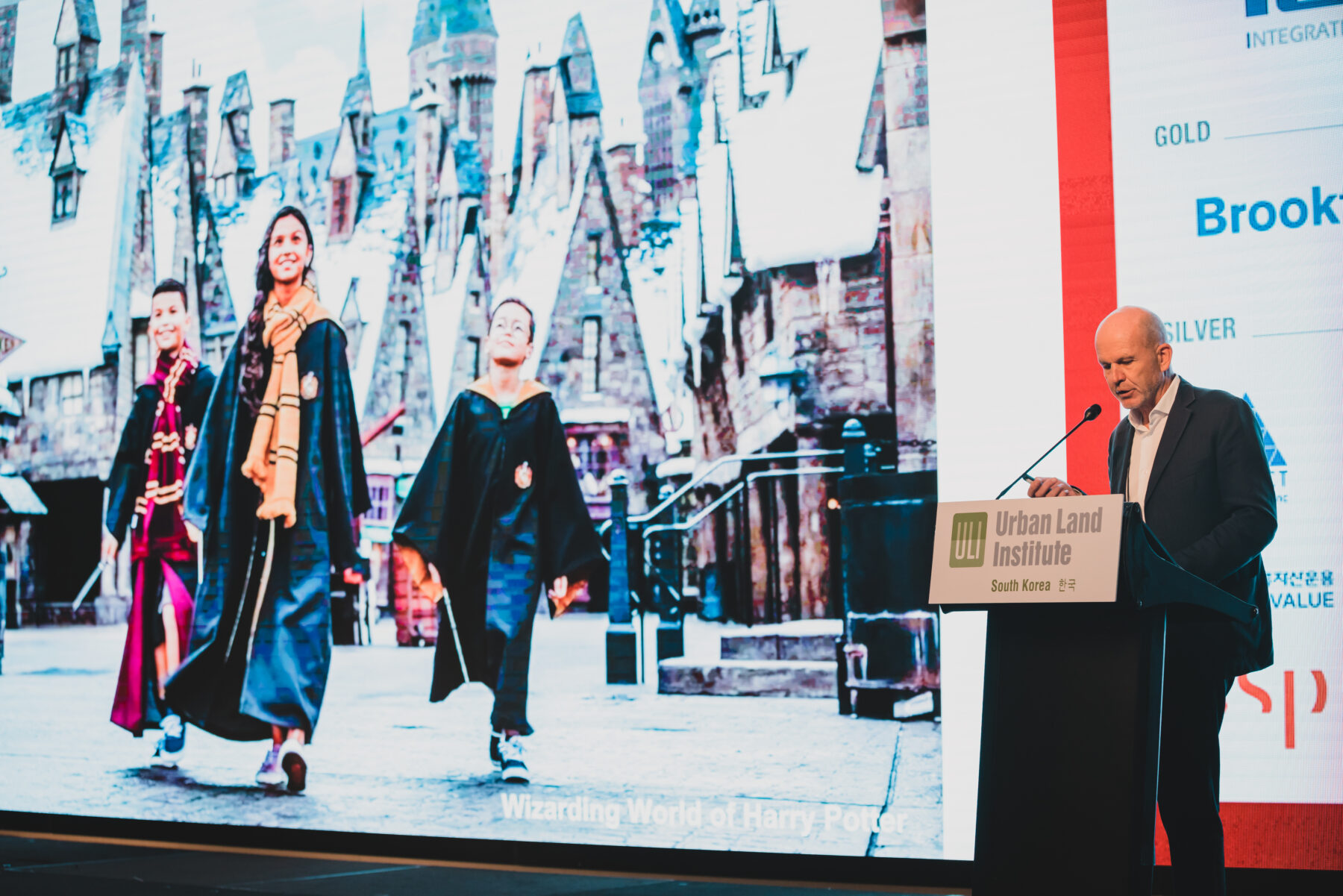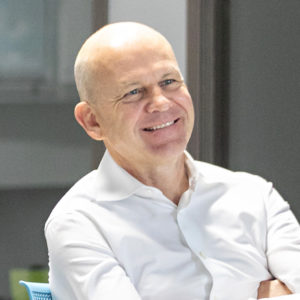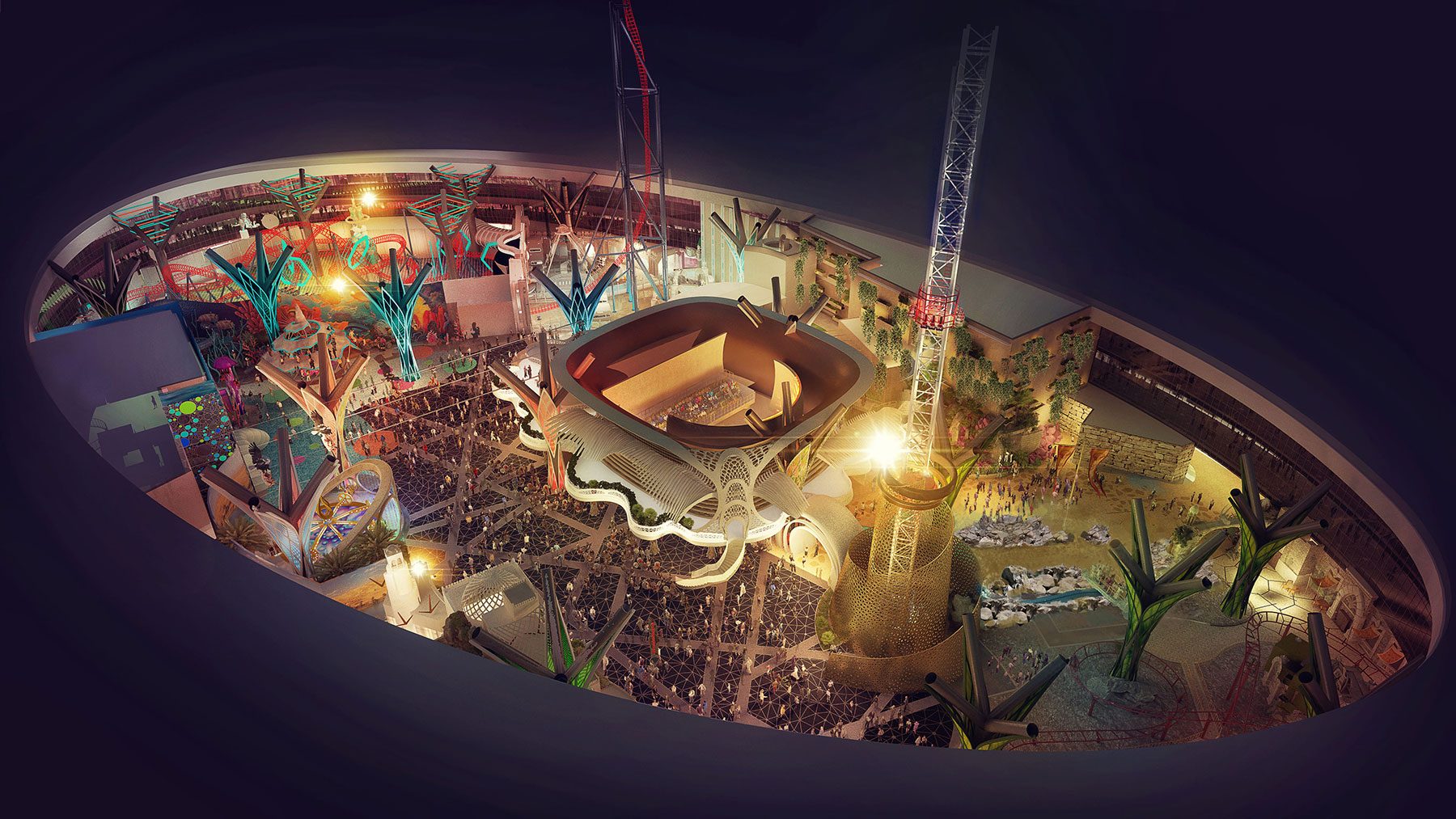ULI South Korea Recap: Bringing Creative Storytelling to Physical Spaces
nFusion’s Managing Director, Martin Zurauskas, spoke at this year’s ULI South Korea Annual Conference on the topic of integrating technology into entertainment destinations in strategic, meaningful ways. His talk, Bringing Creative Storytelling to Physical Spaces, emphasized that while we often have fantastical ideas about the potential for incorporating technological advancements in entertainment spaces, these do […]
nFusion’s Managing Director, Martin Zurauskas, spoke at this year’s ULI South Korea Annual Conference on the topic of integrating technology into entertainment destinations in strategic, meaningful ways. His talk, Bringing Creative Storytelling to Physical Spaces, emphasized that while we often have fantastical ideas about the potential for incorporating technological advancements in entertainment spaces, these do not need to be implemented on a grand, futuristic scale to make an impact.
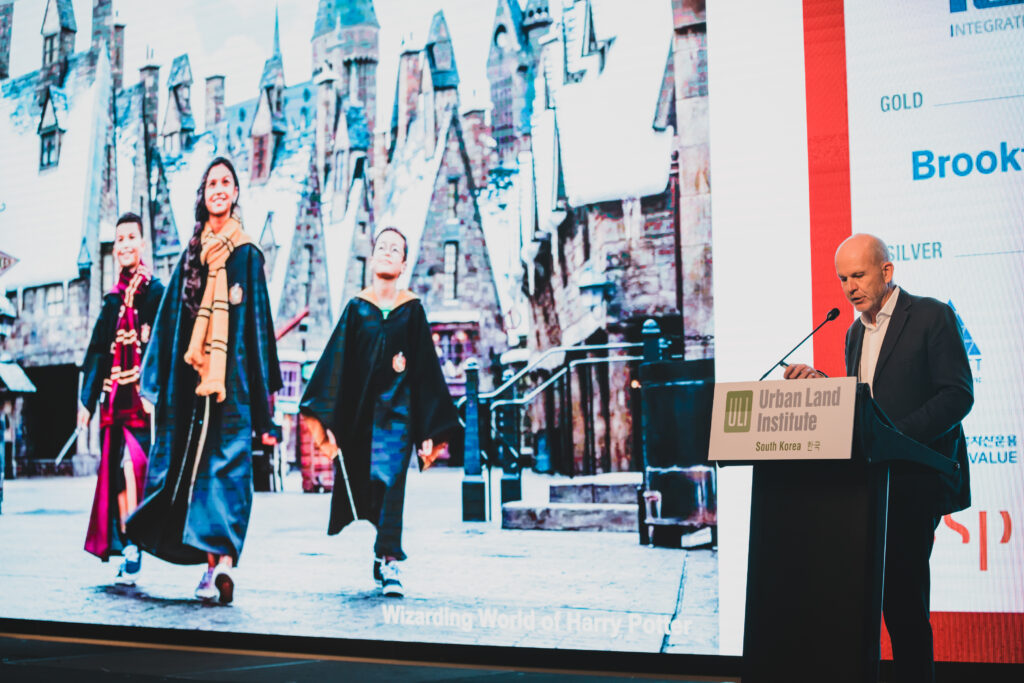
To create a successful experience that resonates on any scale or budget, technology should be the ‘how’ rather than the ‘why’ in new concepts and developments. In other words, the focus should be on the best way to tell a story, not the best way to showcase the latest technology.
Looking at the ways that technology can be used to bring creative, engaging storytelling into physical spaces, patterns emerge.
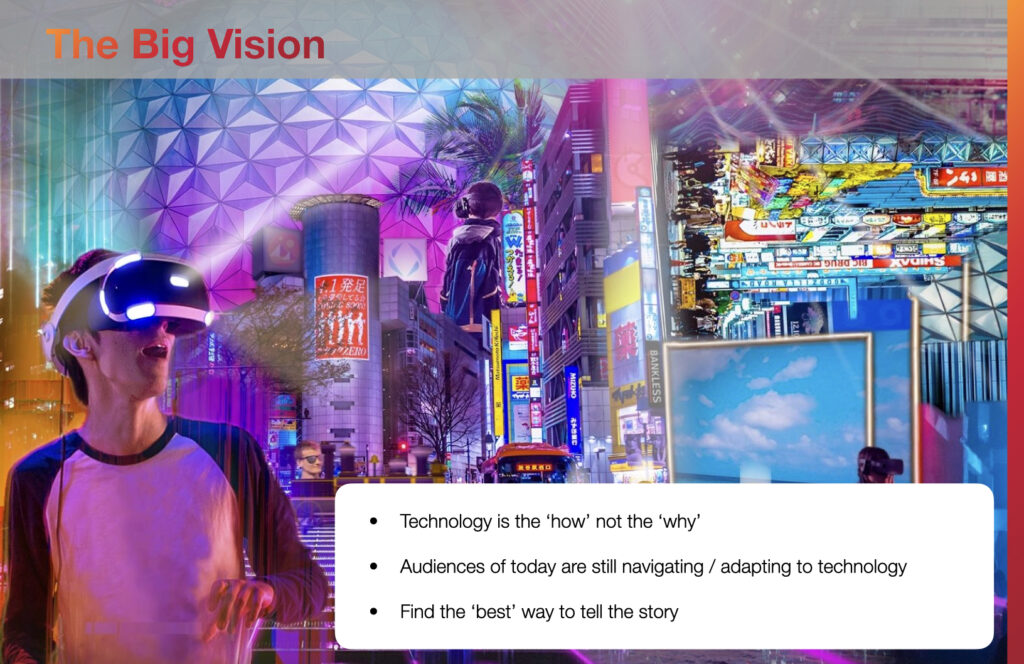
nFusion has identified four primary categories:
- Tactical.
Every physical space has the potential to be a venue for creative storytelling. Tactical approaches, such built-in technological capabilities, projected overlays, or augmented reality apps requiring a simple download to a guest’s personal device, can add stories and rich layers to existing spaces.
Finding intentional ways to marry the physical and the digital—to form the ‘phygital’—can be done utilizing a variety of these achievable approaches. These depend on the assets and capabilities of the physical spaces themselves, as well as how both can be connected to the overarching story in an impactful way.
- Empowered.
This category is about giving a voice to traditions and cultures and letting old stories be told in new ways. Empowered storytelling is rooted in authenticity, which is achieved through creating mechanisms for anyone to tell their own story. Technology is used to create something that is not finite, but rather an open-ended architecture that facilitates forming stronger senses of connection and identity.
While it takes a commitment to engagement with the community to ensure the content is right, the results are certainly worth the effort. For example, nFusion recently completed an expansion of Fort Edmonton Park in Alberta, Canada which one a ULI Americas award. The new Indigenous Peoples Experience is a first-of-its-kind, immersive exhibit. From the beginning, engagement with the local Indigenous partners and communities was essential, and empowering them to tell their story in their own voice was key to the project’s vision and success.
- Social.
Social storytelling is that most basic human activity, arguably the oldest form of entertainment. Especially as we continue to equip our shopping malls, town and city centers, and similar destinations for the future, it is critical to recognize that while they are places of commerce, they also fulfill our basic need for social interaction—and always have. These are places where we can see, be seen, share our experiences, and tell our stories.
For instance, technological advancements and shifting consumer desires have brought about a new generation of ‘smart stores,’ through which brands not only tell their own stories, but facilitate personalized consumer interactions that drive and celebrate creativity. Further, as destinations and events increasingly offer on-site and online attendance options, we can share experiences and creative storytelling in real-time with people who are there physically or digitally.
- Mega.
Even as technology helps to enhance creative storytelling in our everyday lives and the places we frequent, there will always be a demand for the amazing, awe-inspiring ‘mega-destinations’ admired for their scale, authenticity, and level of immersion.
Technology and innovation deliver new opportunities for hyper reality, 360° environments, and integrated destinations that offer immersion into beloved IPs for those who are ‘there’ and ‘not there.’ While immense capital costs are required (with no opportunity for ‘cutting corners’ at the risk of quality), these destinations deliver massive economic impact to their location at a regional, and even national, level.
So how is it all possible?
We all know entertainment projects are among the most complex typologies to deliver—and often among the most expensive as well.
The application of technology only increases this complexity and cost and the need for building a clear roadmap becomes ever more apparent. We must integrate left and right brain activities, so all stakeholders are aligned and have a shared understanding of how we can deliver a successful project.
Success is built on the foundations at the front end of the process and the path to Go!—or when we have concept, business plan, and project delivery aligned, and finance is in place to execute.
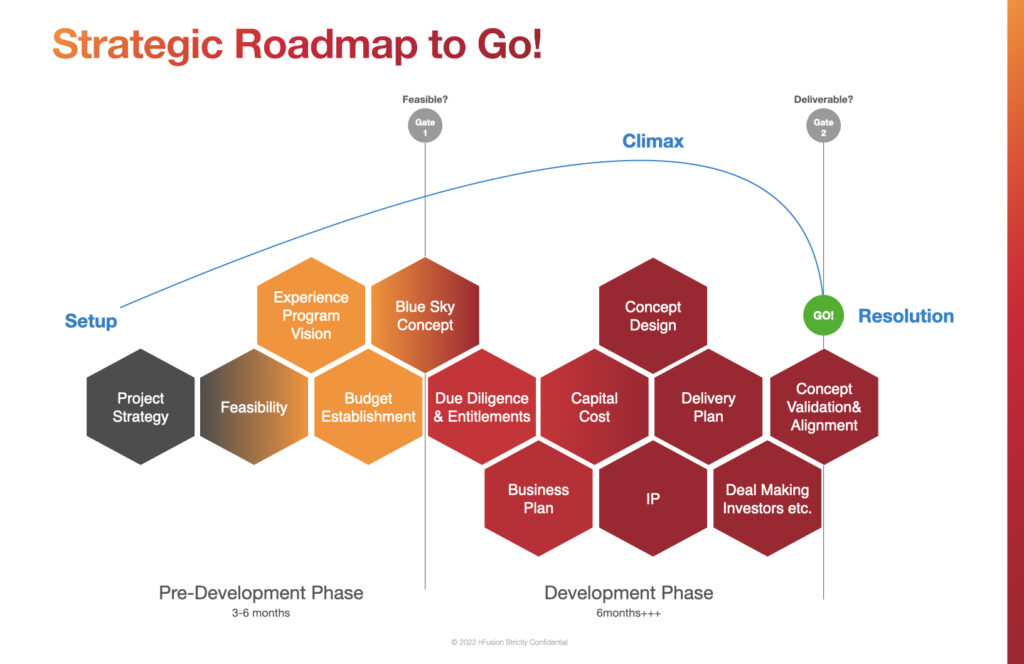
The roadmap is like the classic story arc: it begins with setup, then there is a climax, followed by resolution. Experience tells us short circuiting these steps is not wise and with so many tasks to align, all parties need to be clear on the roadmap.
Pre-Development tests out the issues of basic feasibility of the big idea, whereas the Development phase builds the concept to a point where we know we can deliver it and what the outcomes are likely to be.
This needs to be a highly collaborative, multi-disciplinary effort where layers of design, economics, finance, and deal-making are coordinated and aligned to get the project to full funding.
